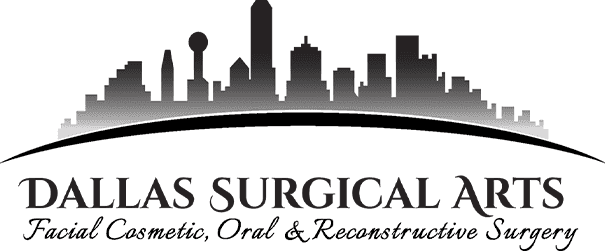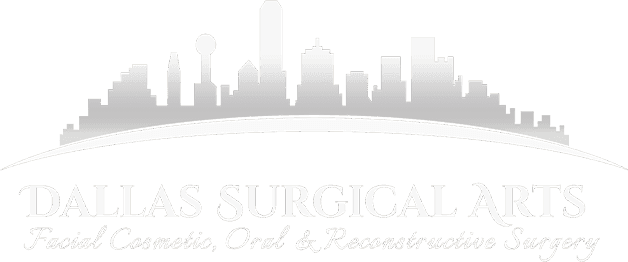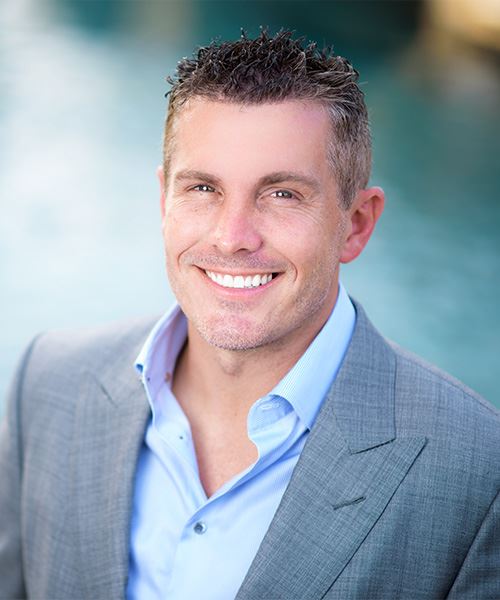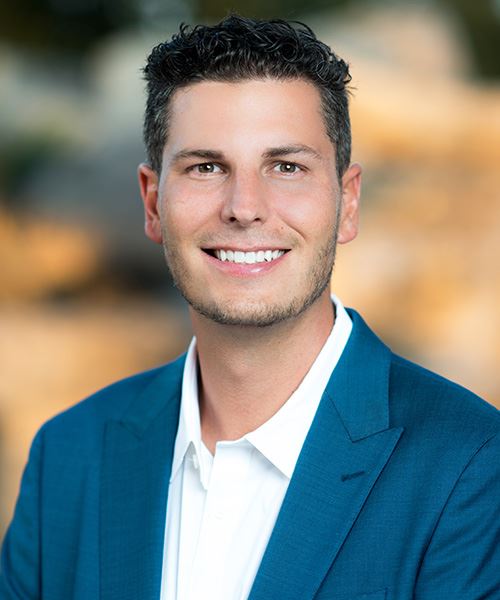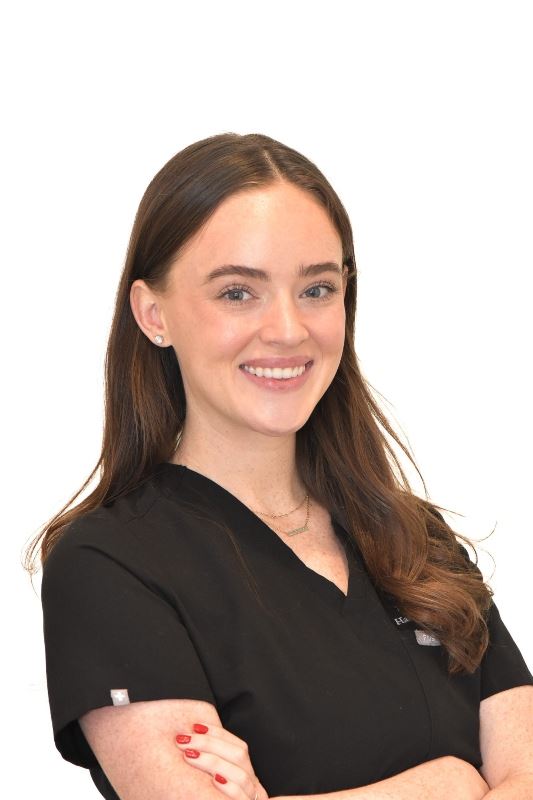How to Prepare for Surgery
We thank you for choosing our office for your procedure. We want to help you succeed in every way possible. Once you are ready to proceed with surgery, we will send an order for you to obtain a hospital-grade CT scan that will be used to start fabrication of your custom joint(s). The entire fabrication process can take 6+ months. You will have a pre-surgical appointment 2-3 weeks before your surgery with the surgical assistant that will be involved in your procedure. At this appointment, a 3D scan of your teeth will be obtained along with a CBCT scan to allow Dr. Sanovich and the engineer team to plan your surgery. The planning we use for orthognathic surgery is called VSP (virtual surgical planning), which allows your surgeon to perform the surgery on a 3D model of you prior to the surgery date so the exact movements of your jaw bones are known prior to surgery. We will provide you a copy of the plan once it is complete, usually within 10 days following your pre-surgical appointment. If you have someone that will be taking care of you, it is recommended that they come to this pre-surgical appointment to hear and understand post-op instructions. All prescriptions that are called in are to be taken after surgery. Sometimes we do not send in prescriptions until after your hospital stay is complete, so we can best determine which medications you will benefit from at that time. We will provide one dose of arnica to help prevent bruising, which you can start taking 8 days prior to your procedure. If you would like to take another dose post-surgery, arnica supplements can be purchased at our office or in common drugstores. We recommend obtaining all necessary items prior to surgery, that way after your hospital stay you can go straight home and rest. We work closely with your orthodontist and communicate with them regularly so we can gauge when your teeth are in the ideal position to complete surgery. After this procedure, an overnight stay in the hospital is required to help maintain hydration and manage pain. The typical hospital stay is 24-48 hours in length. We will plan to get involved with a TMJ physical therapist about 6-8 weeks after surgery to help recover mouth opening capacity.
Things to Expect
- You will experience temporary loss of movement to the muscles that elevate your eyebrow and close your eye tightly, on the side of the treated TMJ. Acutely, this could be because the local anesthetic solution injected to numb the joint can temporarily block the nerve that moves these muscles. During surgery, the nerves are stretched out for the placement of the prosthetic joints, which can contribute to this temporary loss of movement.
- Numbness in the face and lips may persist for weeks, sometimes months. This is a normal experience after this type of surgery. Usually, the upper face and lip sensation recovers more quickly than the lower face and lip. Motor nerves are usually NOT affected during the procedure, so you should have normal face and lip movement. Ask Dr. Sanovich questions if you have any concerns regarding numbness or muscle movement.
- Applying ice to the affected joint in 20-minute increments for the first 72 hours will help with discomfort and swelling. After, the first 72 hours, you may apply a warm compress (ie. heating pads or a microwaved wet cloth) to the jaw muscles and temples as needed for comfort. Since you will be numb, please be mindful of the temperature of the compress you are using. Avoid causing burns by testing the temperature on another area of your skin. We offer ice machines for purchase or rent to help reduce swelling, if you are interested.
- You will have decreased hearing in the ear on the treated side for up to a week following the surgery. This occurs because biologic fluid from the procedure accumulated in the middle ear and dampens the transmission of sound. This may take a few days to resolve while the fluid clears from your middle ear, but your hearing will recover to its normal function as it was before surgery.
Swelling
Expect significant swelling following the procedure. It will maximize during the 1st-2nd week and begin to dissipate thereafter. Do not lay flat; you want to try to keep your head elevated above your heart at all times. Sleep in a recliner or propped up with 2-3 pillows. You will be given a head wrap with ice packs, but we also have surgical ice machines available for rent or purchase. You may use the ice pack for 20 minutes at a time. Direct placement of ice to the skin for prolonged periods of time may result in a burn. Your face will be numb, so it is important to exercise caution while using ice since you will not be able to feel the temperature on your skin. Your nasal passages will be swollen resulting in congestion and difficulty breathing through your nose. Over the counter decongestants, expectorants and nasal sprays will help relieve these symptoms. Using a humidifier may help you breathe more easily after surgery.
Bruising
You can expect bruising to the face after surgery. The bruising should begin to dissipate after the first or second week. It will likely change colors from black/blue/purple, to green/yellow, and may travel down the neck into the upper chest. This is normal and will resolve in 1-2 weeks. Firm, swollen, painful bruising can be a sign of a hematoma and should be reported to your surgeon immediately.
Numbness
The numbness in the face and lips may persist for weeks, sometimes months. This is a normal experience after this type of surgery. Usually, the upper face and lip sensation recovers more quickly than the lower face and lip. In general, the nerves in younger patients tend to recover more quickly. Although swelling can restrict facial movement, motor nerves are usually NOT affected during the procedure, so you should have normal face and lip movement. There is a slight risk that you could have permanent numbness to the lip and chin area following lower jaw surgery, and areas around the nose following upper jaw surgery. Care is taken during the surgery to prevent nerve injury, but it is a risk any time a nerve is stretched.
Prescriptions After Surgery
- You will be prescribed medications based on your health history.
- You will receive pain medication to use for the first 10-14 days after surgery.
- An antibiotic will be prescribed for you to start taking the day after surgery.
- Antibiotic mouth rinse will be called in to use for the first week to help with hygiene.
- An oral steroid will be prescribed to help reduce swelling
- Anti-nausea medication will help limit any nausea you may experience after surgery
- A long-lasting local anesthetic (Exparel) will be injected at the time of surgery that will help with the discomfort for up to 72 hours by keeping you numb.
- Most prescriptions will be given as a liquid since swallowing may be difficult.
Wound Care for the Surgical Site
- You may shower once the dressing is removed, but do not get the incision sites wet. Incision sites need to stay dry for 1 week after surgery. On the 7th day after surgery, it is safe to get the area wet, but carefully pat the area dry and avoid rubbing the wound.
- Always keep a thin coat of Aquaphor on the incision sites. You will need to apply this 3-5 times per day for the first week. (Incisions in front of the ear and on the neck)
- At 1 week post-op, begin cleaning the incision sites only with a cotton swab and a solution of 1⁄2 white vinegar and 1⁄2 water. A small amount of watery drainage, bruising, and redness may be present.
- Once the sutures are removed (usually 1-2 weeks after surgery), we will review proper incision care and make recommendations to achieve minimal scarring.
Hygiene
You will have elastic bands in place following surgery and directions will be given as to how often you will need to change them. Begin using the prescribed mouth rinse, Peridex (Chlorhexidine), 2-3 times per day for the first week. Use a baby sized, soft bristled toothbrush to clean the teeth at least 2-3 times per day, before using Peridex. Keeping the mouth clean will reduce the chance of infection. After the first week, the sutures should start to dissolve as the gum tissue starts to heal. You may rinse with warm salt water as often as you like to help soothe the wounds. Avoid mouth rinses with alcohol (most of the commercial OTC mouth rinses contain alcohol), as they may burn and irritate the healing wounds. Avoid smoking as it will slow or prevent healing and may result in an infection. Avoid directing water picks to the incision sites in the first week, as fluid may become trapped in the wound.
Diet
A strict non-chew diet is required and must be maintained for 6 weeks following surgery. It is very important to remain hydrated. Hydration is key to recovery and will be necessary since caloric intake may be reduced. You will be provided with a soft diet recommendation sheet.
Activity Level After Surgery
Avoid any strenuous physical activity for 2-3 weeks.
You may return to school or light duty work (non-physical labor) within two weeks of the surgery, or as tolerated. Although you just had surgery, we recommend you do not stay in bed while awake. The more movement and blood flow, the easier recovery can be. Try to transfer to a chair and walk around the house. You want to be as active as possible, but avoid doing anything too strenuous.
Bleeding
Minor oozing from the incisions inside of the mouth should be expected within the first 72 hours. You may experience bleeding from the nasal passageway, due to blood in the sinuses. This is part of a normal recovery. Nasal sprays and decongestants will help alleviate symptoms. You should notify Dr. Sanovich if you experience a sudden or prolonged gush of bright red blood. It is normal for dark red blood clots to be coughed up or expressed through the nose toward the end of the first week.
What Happens at the Follow-Up Visits?
- You will have a follow-up 1 week following the procedure sto assess the incision and overall healing progress. We will not remove sutures at this time, as we like to keep the sutures in the mouth for up to 2-3 weeks.
- We have a Candela Vbeam Prima Perfecta Laser Machine, a pulsed-dye laser (PDL), that will help remove dark red or purple bruising more quickly.
- We take photos at each follow-up appointment to monitor your healing progress.
- You will then have a follow-up 2-3 weeks after surgery, where any remaining sutures will be removed.
- You may call at any time during your recovery if you have any questions or concerns between follow-up visits.
When Should I Call My Doctor?
- If you have difficulty breathing
- If you have difficulty closing your eyes after surgery
- If you are unable to urinate
- If you have severe pain that is not improved with medications
- If you experience a rash, nausea, vomiting, severe headache, severe constipation, or other unexpected reactions
- If you have an oral temperature over 100.5 degrees.
- If you have a question or concern that must be addressed prior to the follow-up visit.
Who Should I Call if I Have Questions?
Please call our office at (972) 914-3660. You may also email photos or questions to info@dsa.live and someone will get in touch with you within 24-48 hours.


 Dr. Randy R. Sanovich, DDS Board Certified Facial Cosmetic Surgeon, Board Certified Oral & Maxillofacial SurgeonAs a dual board-certified surgeon in oral, maxillofacial, and facial cosmetic surgery, Dr. Randy Sanovich is committed to providing optimum results for his patients. Dr. Sanovich’s extensive training ...Learn More
Dr. Randy R. Sanovich, DDS Board Certified Facial Cosmetic Surgeon, Board Certified Oral & Maxillofacial SurgeonAs a dual board-certified surgeon in oral, maxillofacial, and facial cosmetic surgery, Dr. Randy Sanovich is committed to providing optimum results for his patients. Dr. Sanovich’s extensive training ...Learn More
